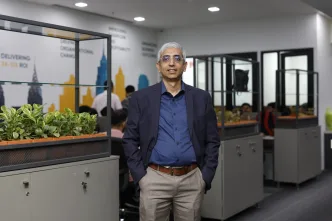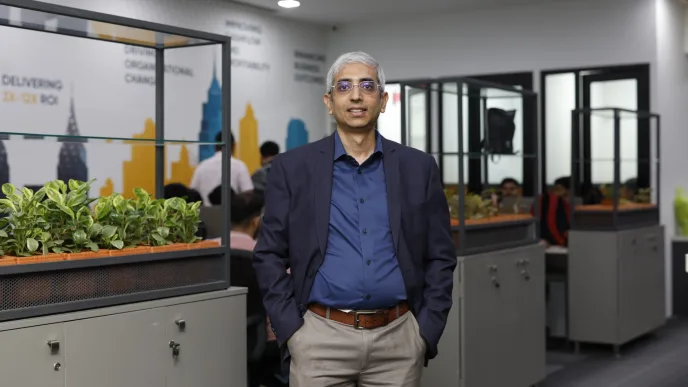The recent and unthoughtful adoption of artificial intelligence has come with its own share of challenges never witnessed, specifically when untrained users use powerful tools without guidance. Recent incidents have pointed out a distressing pattern: AI misuse disrupts business operations and professional integrity.
I have come across an incident with a mid-sized financial firm where a developer, using AI-generated code, deployed an untested script that deleted critical customer transaction tables. While the AI model successfully generated functional code, it lacked an understanding of the database architecture . This incident resulted in 48 hours of system downtime and significant revenue loss.
But the professional networking world has its own set of AI-related problems. For one, LinkedIn feeds are starting to look identical, as professionals leverage AI tools to automate their activity on the platform. Entire comment threads can be found, word for word, underneath several different posts, says one industry watcher. “I noticed my team’s comments were identical to competitors’,” confesses one marketing executive. “We were using the same AI prompt without even knowing it.”
Most disturbing, perhaps, is the proliferation of AI-generated resumes. Hiring managers say they’re seeing batches of applications that are virtually identical except for the candidate’s name and contact information. One Silicon Valley recruiter recalls, “We got fifteen resumes with the same unusual spelling mistake. It was obvious they all came from the same AI source.”
These are caused by over dependence on AI without understanding the limitations. Most users take whatever the AI produces as gospel truth without taking any further steps to verify the information. Moreover, democratization of the AI tools means even users with a little technical background can deploy very powerful solutions without understanding the consequences.
Organizations should establish AI governance frameworks and train them on necessary skills. Some companies now require processes for code reviews specifically when solutions are given by AI. Others have developed AI detection tools for recruitment processes, analysing pattern similarities across applications.
The solution lies not in curtailing access to AI, but in using it responsibly. As one technology leader put it, “AI is like any powerful tool—it requires respect, understanding, and proper training. We must move away from blind implementation to thoughtful integration.”


#image_title

















